WiFi IEEE 802.11b has a very limited channel (depend on country). In vary pack area with many WiFi Access point not all channel can be use at the same time. In North America, US State and Canada only Channels 1,2,3,4,5,6,7,8,9,10 and 11 are available for usage. In Europe Channel 1,2,3,4,5,6,7,8,9,10,11,12 and 13 can be use. In Japan only Channel 14 available for usage. The usage of each channel depend on country policy.
WiFi with base protocol IEEE 802.11b used Direct Sequence Spread Spectrum (DSSS) Modulation, which mean spectrum width for each usage is 22MHz wide for each station. This mean a station with 2437MHz Channel will be working on frequencies range of 2426MHz to 2448MHz. It will interfere 2 channel below and up of its channel. So effectively only 3 channel can be used without interfering each other which is Channel 1 , 6 and 11.
Channel : Frequency (Bold Channels = Recommended)
1 : 2412MHz
2 : 2417MHz
3 : 2422MHz
4 : 2427MHz
5 : 2432MHz
6 : 2437MHz
7 : 2442MHz
8 : 2447MHz
9 : 2452MHz
10 : 2457MHz
11 : 2462MHz
12 : 2467MHz
13 : 2472MHz
14 : 2477MHz
I have a vtech 2.4Ghz cordless phone.
It has following frequency, 2410.2 – 2418.9.
To get rid of the frequency effect, I pick up channel 11 on my Linksys WRT54G.
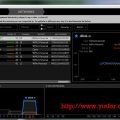
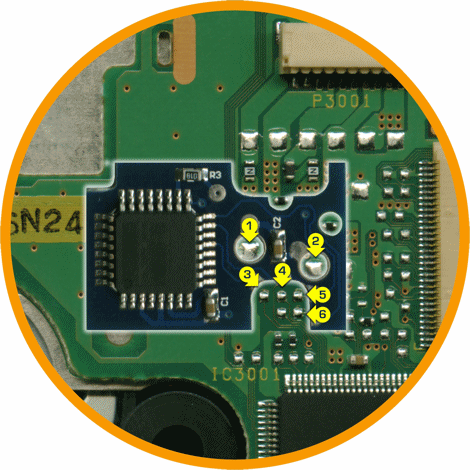

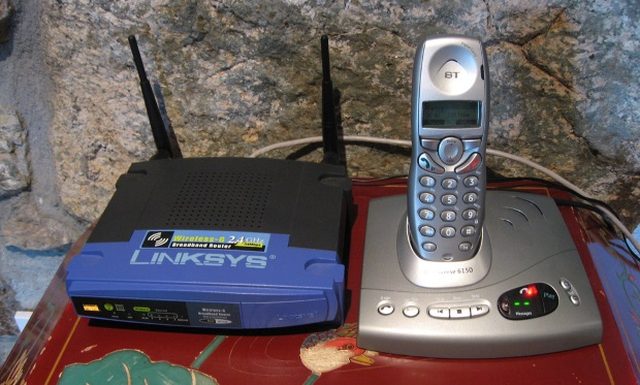
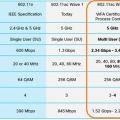
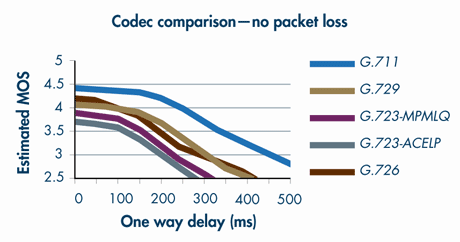

>So effectively only 3 channel can be used without interfering each other which is Channel 1 , 6 and 11.
Wrong, you mixed up things: many other 3 channels can be used simultaneously without interference:
2,7,12
1,6,12
etc…
Without interfering and simultaneously are two different concept. And I am in Canada, only 1 to 11 are available.
>So effectively only 3 channel can be used without interfering each other which is Channel 1 , 6 and 11.
Wrong, you mixed up things: many other 3 channels can be used simultaneously without interference:
2,7,12
1,6,12
etc…
Without interfering and simultaneously are two different concept. And I am in Canada, only 1 to 11 are available.